

|
Our primary research goal is to understand how organisms are specialized to use specific resources and the consequences of specialization to ecosystem fluxes. Our research integrates isotopic, molecular, biochemical, and physiological approaches to gain insight into the nutritional physiology of a range of taxa from microbes to vertebrates. By understanding the resource acquisition strategies of a range of organisms within a given ecosystem, we can better understand fluxes within that system. Our longterm goal to use this information to make more informed management decisions for natural systems, conservation, and aquaculture. Current Projects: Evolution of dietary specialization in prickleback fishes Digestive adaptations for herbivory Digestion in seagrass-eating, juvenile bonnethead sharks Impacts of environmental perturbations on animal microbiome & phys Abalone disease and aquaculture in a changing world |
 Field collection site: San Simeon, CA picture by M.H. Horn |
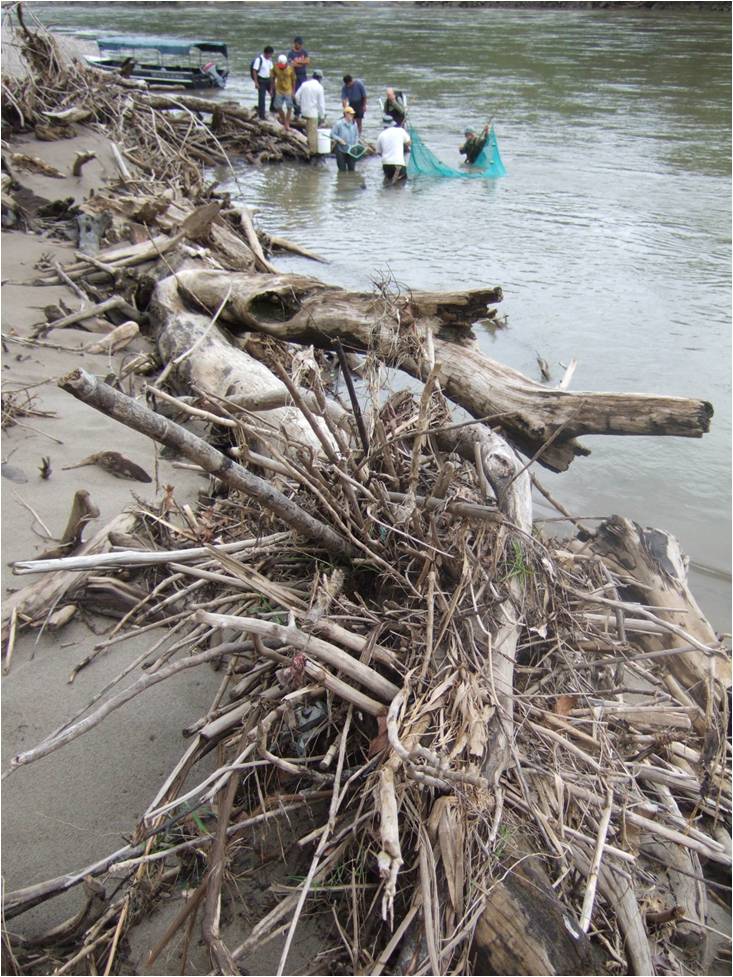 Field collection site: Rio Maranon, Peru picture by A.S. Flecker |
|
Evolution of dietary specialization in prickleback fishes Using physiological genomics, transcriptomics, microbiome sequencing, enzyme biochemistry, tissue histology, and whole animal physiology, we are investigating what it takes to make a living on different diets. The family Stichaeidae features dietary diversity in sympatric species, convergent evolution of herbivory, sister taxa with different diets, and ontogenetic dietary shifts, making them a dream system in which to understand dietary specialization in vertebrates. This is the focus of Dr. German, and PhD student Valentina Peña. We collaborate with former lab members Dr. Joseph Heras, now a tenured faculty member at CSU San Bernardino, and Dr. Michelle Herrera, a UC Chancellor's Postdoctoral Fellow at UCSD. This work has relevance to aquaculture, as we seek to develop sustainable aquaculture targets and feeds. We have also used experimental evolution with Danio rerio in the past. That project is on hiatus, but could be resumed! |
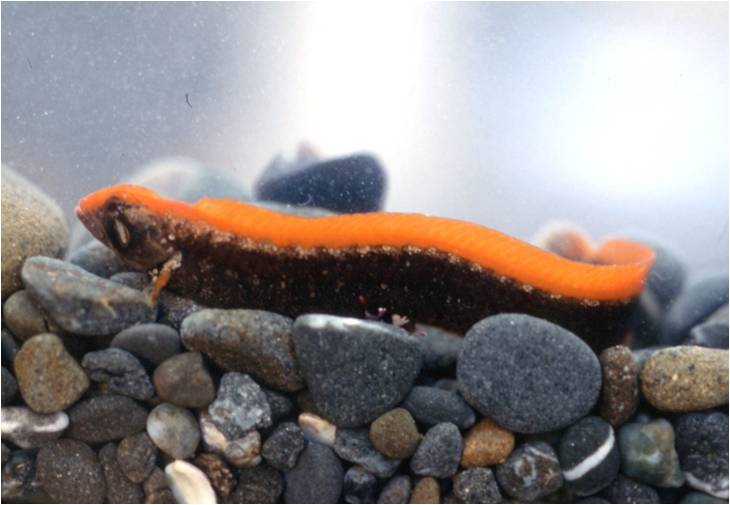 A. purpurescens (carnivore) picture by M.H. Horn |
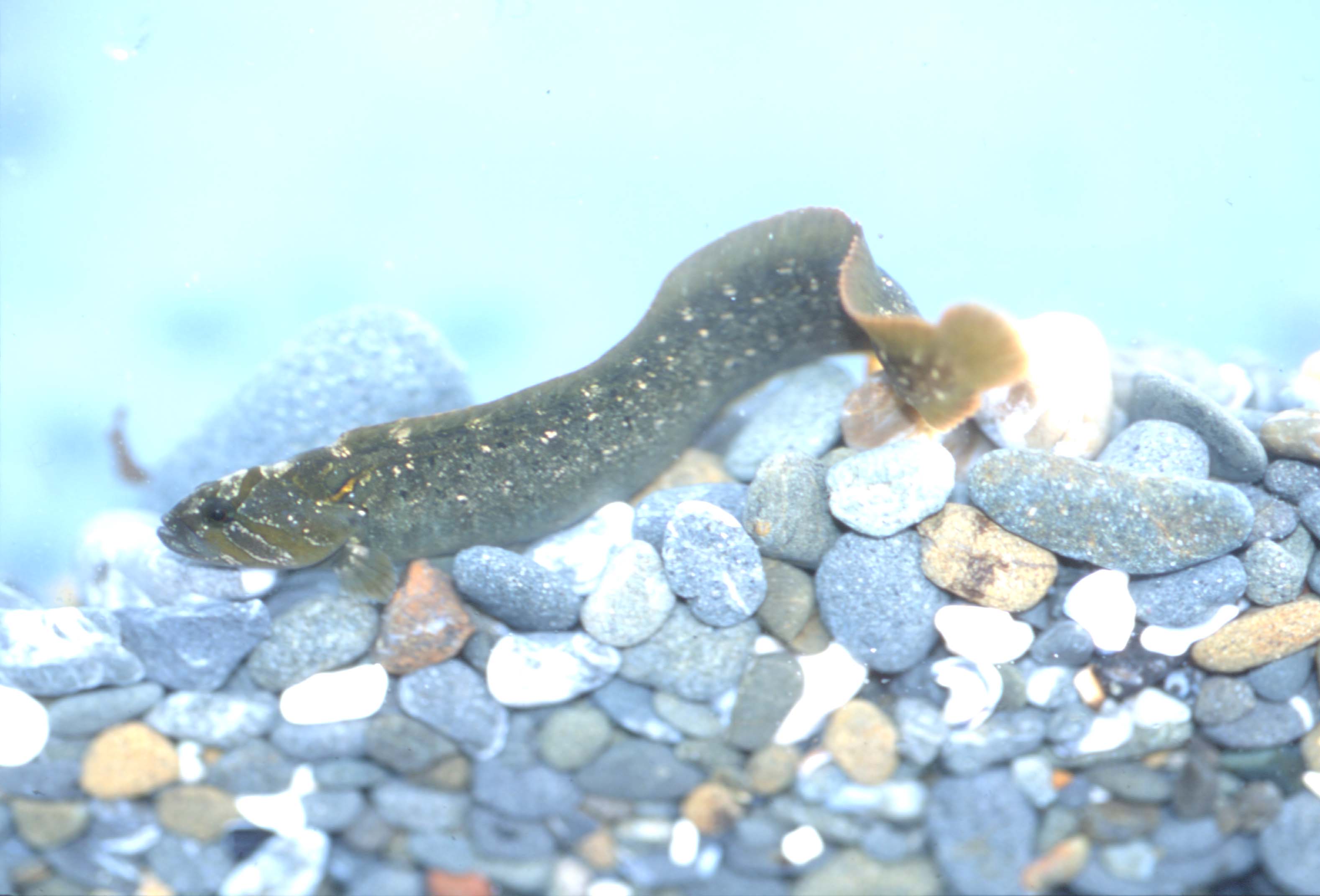 C. violaceus (herbivore) picture by M.H. Horn |
|
Digestive
adaptations for herbivory |
 P. sicula (from Pod Mrcara) picture by B.A. Wehrle |
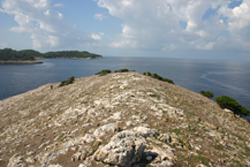 Pod Kopiste, with few plants picture by D.P. German |
|
Digestion in seagrass-eating, juvenile bonnethead sharks Herbivorous sharks? Bonnethead sharks (Sphyrna tiburo) appear to consume a fair amount of seagrass as juveniles (up to 62% index of relative importance in some young-of-the-year; Bethea et al. 2007). In collaboration with Yannis Papastamatiou (Florida International University) we have shown that these sharks have the capability to assimilate nutrients from seagrass (Jhaveri et al. 2015; Leigh et al. 2018, and may have some microbial help in the process; Leigh et al. 2021). This was the work of former PhD student Samantha Leigh (now at CSU Dominguez Hills), and her webpage has more detail on this exciting project. We remain interested in elasmobranch digestion. |
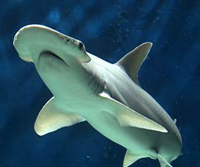 Sphyrna tiburo (image from marinebio.org) |
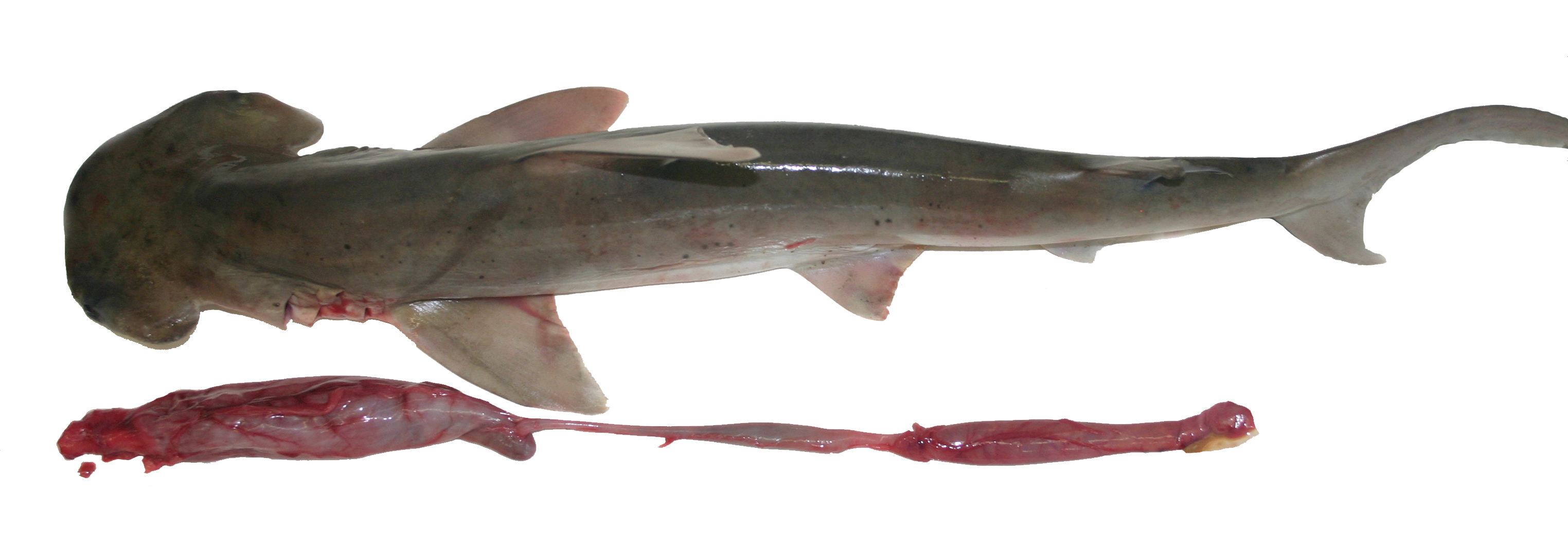 S. tiburo with its gut. |
|
The impacts of environmental perturbations on animal microbiomes and physiology Animals do not roam this world alone. They are a collection of the animal and all of the microorganisms that reside on and within their bodies. This "holobiont" is what really interacts with the world, and thus, when we examine how animals respond to perturbations, we must also consider how their microbiomes respond, and perhaps whether the microbes provide resilience to specific stressors. Former PhD students Dr. Karina Brocco French and Dr. Matea Djokic studied how pollutants impacted animals and their microbiomes, the former in sea urchin larvae, the latter in mosquitofish. PhD Candidate Nefertiti Smith Christman is similarly studying how suspended sediment impacts the gut microbiome and physiology of zebrafish. This is exciting work that has the potential to push the field of fish physiology forward. |
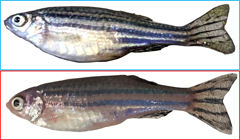 Danio rerio from control (top) and suspended sediment treatments (bottom). Note the clay in the mucus of the sediment-exposed fish. Suspended sediment is an issue for fish globally. Photo by N. Smith Christman. |
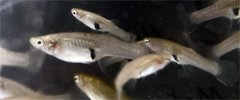 Mosquitofish (Gambusia affinis) are planted all over Orange County for mosquito abatement. By taking advantage of gradients in pollution at various sites, we are examining how pollution levels impact the fish physiology and microbiome. Photo by M. Djokic. |
|
Abalone disease and aquaculture in a changing world Abalone are amazing megagastropods. They are massive, herbivorous, marine snails that have a large ecological and cultural significance globally. Work on abalone began in our laboratory with Dr. Alyssa Frederick's dissertation work, and we continue to collaborate with her in these endeavors, as she is now the director of the White Abalone Captive Breeding Program at Bodega Marine Laboratory (UC Davis). We are examining the best feeds for abalone in a changing world and PhD Candidate Newton Hood is exploring abalone reproduction in conjunction with BML and The Cultured Abalone Farm (Goleta, CA). See Alyssa Frederick's webpage for more detail. |
 Haliotis fulgens, green abalone picture by A.R. Braciszewski |
|
|
|